And it's one of the main reasons for a screenplay to get tossed instead of read ?
One of the 13 rules to write original dialogues talks about the use of dialogue techniques.
Today, the Bait and Switch technique.
When it is used and how it works.
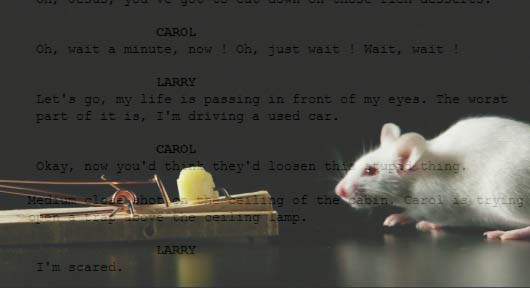
You want to write funny lines? or a movie dialogue for a comedy?
Then you MUST know about this dialogue technique as it is commonly used to make the audience laugh.
From Groucho Marx to Woody Allen, from Airplane to the Hangover. They all use it. Why?
Because it is simple and effective
In this article our dialogue expert, Blablator, will show you:
![]() what this movie dialogue technique is and
what this movie dialogue technique is and
![]() how it works
how it works
Then we'll have a bit of fun and let you test your new acquired knowledge with a quiz.
The name of this movie dialogue technique comes from the financial world.
It describes a dishonest practice whereby a salesman advertises something at a very low rate ("the Bait") to attract customers. For example:

When these customers enquire about the item advertised, they learn that this item is no more available, or that they don't qualify for it. The Salesman offer the customer instead a more expensive item (the "Switch").
Similarly, the Bait and Switch movie dialogue technique has 2 parts:
1. the bait: a character says something and raises an expectation with the audience
2. the switch: the character keeps talking and the audience discovers that their expectation was not correct.
The effect of surprise is what makes people laugh.
Let's illustrate this movie dialogue technique with 5 examples.
To make it easier, the Bait is shown in blue and the Switch in red.
1. Groucho Marx:
He may look like an idiot and talk like an idiot but don't let that fool you.
He really is an idiot.
In this example the Bait - "He may look like an idiot and talk like an idiot but don't let that fool you" - lets you think that this person is actually not an idiot, until the Switch - "He really is an idiot" - tells you otherwise and leaves you surprised.
Some more examples below to have you see how this movie dialogue technique works.
2. Groucho Marx again:
I find television very educating. Every time somebody turns on the set,
I go into the other room and read a book.
3. The Hangover, screenplay written by Jon Lucas & Scott Moore.
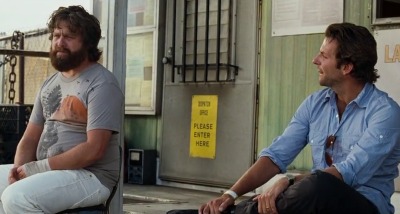
ALAN
What if Doug's dead? I can't afford to lose somebody close to me again, it hurts too much. I was so upset when my grandpa died.
PHIL
How'd he die?
ALAN
World War II.
PHIL
Died in battle?
ALAN
No, he was skiing in Vermont, it was just during World War II.
4. Factotum, screenplay written by Bent Hamer and Jim Stark:
HENRY
I lost a woman.
OLD BLACK MAN
Yeah, well, you'll have others.
You'll lose them, too.
5. China Seas, screenplay written by Jules Furthman and James Kevin McGuinnessk:

ROBERT
See that chess game over there? When I was four years old, I played ten people all at once - blindfolded.
I lost every game.
It's your turn now to apply this movie dialogue technique. It's easy, just:
A) read the Bait.
B) guess what the Switch is and
C) click on the + sign to find out if you were in the ballpark.
1. Airplane - screenplay written by Jim Abrahams & David Zucker & Jerry Zucker
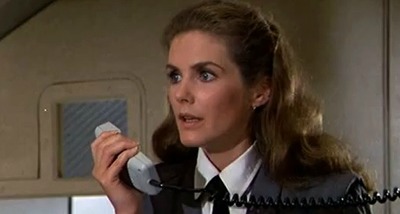
2. Lost in Translation - screenplay written by Sophia Coppola:
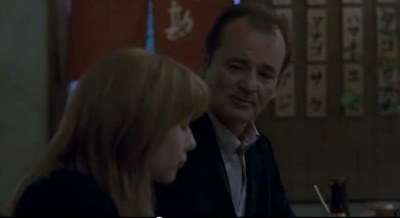
3. The Hangover, screenplay written by Jon Lucas & Scott Moore. 
4. Dumb and Dumber - screenplay written by Peter Farrelly & Bennett Yellin & Bobby Farrelly:
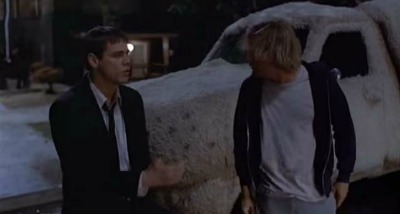
5. Tower Heist - screenplay written by Ted Griffin and Jeff Nathanson:
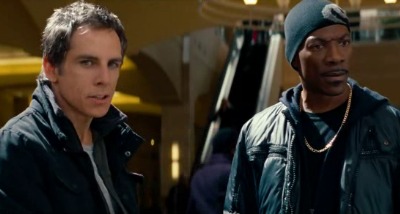
6. My Big Fat Greek Wedding - screenplay written by Nia Vardalos:
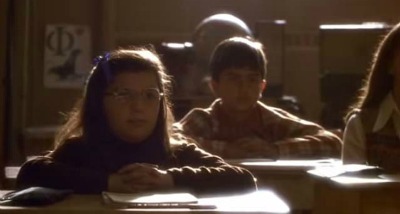
7. Two Weeks Notice - screenplay written by Marc Lawrence:
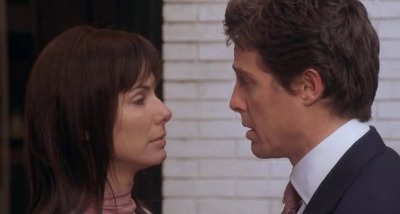
8. A Fish Called Wanda - screenplay written by John Cleese:
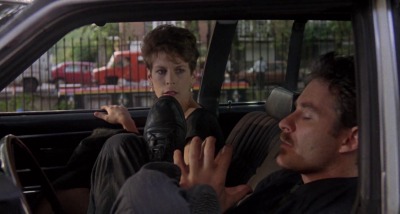
9. The Social Network - screenplay written by Aaron Sorkin:
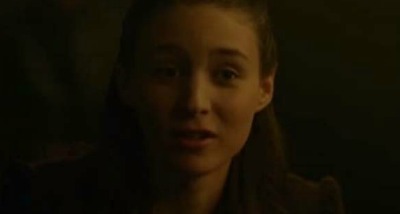
10. The Simpsons - Monty Can't Buy Me Love - screenplay written by John Swartzwelder:
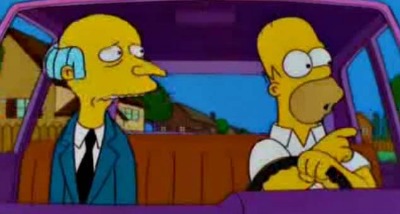
* Hancock - screenplay written by Vincent Ngo and Vince Gilligan
Pictures:
-- "The Hangover" - Zach Galifianakis, Bradley Cooper, directed by Todd Phillips, director of photography: Lawrence Sher
-- "Airplane" - Julie Hagerty; directed by Jim Abrahams, David Zucker and Jerry Zucker; director of photography: Joseph F. Biroc
-- "Lost in Translation" - Scarlett Johansson, Bill Murray; directed by Sofia Coppola; director of photography: Lance Acord
-- "The Hangover" - Matt Walsh, directed by Todd Phillips, director of photography: Lawrence Sher
-- "Dumb and Dumber" - Jim Carrey, Jeff Daniels, directed by Peter Farrelly and Bobby Farrelly, director of photography: Mark Irwin
-- "Tower Heist" - Ben Stiller, Eddie Murphy; directed by Brett Ratner; director of photography: Dante Spinotti
-- "My Big Fat Greek Wedding" - Julie Hagerty; directed by Joel Zwick; director of photography: Jeff Jur
-- "Two Weeks Notice" - Sandra Bullock, Hugh Grant; directed by Marc Lawrence; director of photography: Laszlo Kovacs
-- "A Fish Called Wanda" - Jamie Lee Curtis, Kevin Kline; directed by Charles Crichton; director of photography: Alan Hume
-- "The Social Network" - Rooney Mara; directed by David Fincher; director of photography: Jeff Cronenweth
Go from Bait and Switch Movie Dialogue Technique to Whatascript! Home page
* The Departed, screenplay written by William Monahan